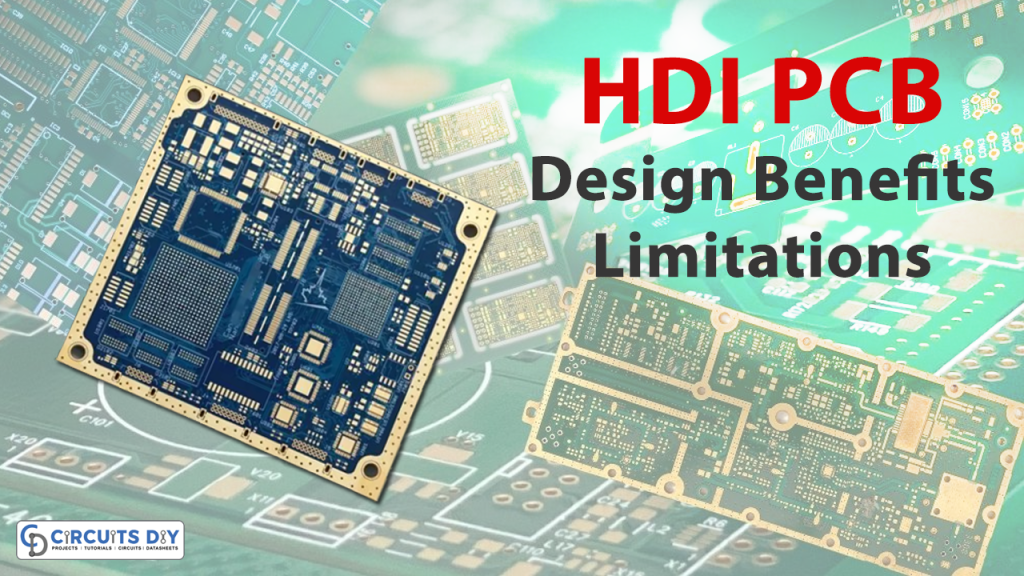Advantages of HDI PCB Technology for Wearable Devices
High-Density Interconnect (HDI) PCBs symbolize a substantial development in printed enterprise table technology, providing superior performance in compact electronic devices. Unlike standard PCBs, HDI PCBs influence advanced manufacturing practices to reach larger signal densities and smaller sort factors. This permits for the integration of more components and performance right into a smaller place, making them perfect for applications wherever size and weight are important factors.
One of many crucial features of HDI PCBs is their utilization of microvias, which are tiny holes drilled in to the PCB substrate to generate contacts between different layers of the board. These microvias permit more effective redirecting of signals and power, lowering indicate reduction and improving over all electrical performance. Also, HDI PCBs can incorporate multiple levels of circuitry, more enhancing their efficiency and flexibility.
The lightweight size and high-density format of HDI PCBs also donate to improved indicate strength and reliability. With smaller signal paths and paid off electromagnetic interference, HDI PCBs can help higher-speed data sign and more technical electric designs. That makes them well-suited for use in advanced electronics such as smartphones, pills, wearables, and automotive systems.
Along with their electric performance benefits, HDI PCBs provide benefits with regards to production performance and cost-effectiveness. By consolidating multiple components onto a single panel, HDI PCBs reduce the requirement for additional construction measures and interconnects, streamlining the generation method and decreasing over all manufacturing costs. Furthermore, their smaller size and lighter weight can lead to savings on product and transport expenses.
HDI PCB technology remains to evolve fast, driven by the need for smaller, more powerful digital devices. Inventions such as loaded microvias, successive lamination, and laser positioning are driving the boundaries of what is possible with HDI PCBs, allowing sustained levels of integration and performance. Consequently, HDI PCBs are poised to enjoy a main role in the development of next-generation electronics across a wide range of industries.
Despite their many benefits, designing and production HDI PCBs may provide issues, specially with regards to design, impedance get a handle on, and thermal management. Designers should carefully consider factors such as indicate strength, energy printed circuit board assembly , and aspect placement to ensure maximum efficiency and reliability. Furthermore, the utilization of advanced production techniques such as for instance laser positioning and successive lamination needs specialized gear and expertise.

Overall, HDI PCBs signify a substantial growth in printed enterprise panel engineering, giving a mix of high end, compact size, and cost-effectiveness which makes them well suited for a wide range of applications. As electronics continue steadily to become smaller, light, and stronger, the demand for HDI PCBs is estimated to develop, driving further creativity in the field.
